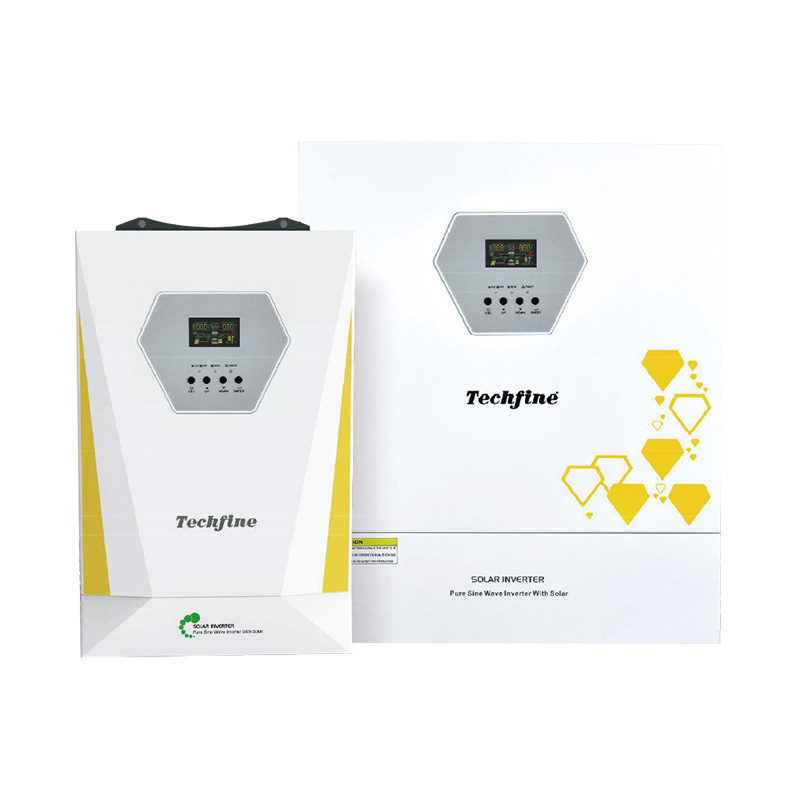
-
[email protected]

-
Building 1, No. 21 Shengfa Road, Lucheng District, Wenzhou, Zhejiang, China


An on-off grid inverter is a type of power conversion device that offers flexibility in managing energy from solar panels or other renewable sources. Unlike systems that are strictly grid-tied or entirely off-grid, this hybrid inverter model combines elements of both, providing greater control over energy distribution and backup power functionality.
An on-off grid inverter, also referred to as a hybrid inverter, is designed to operate with or without a connection to the utility grid. It can convert the direct current (DC) electricity produced by solar panels into alternating current (AC) for use in homes or businesses. When connected to the grid, it allows surplus energy to be exported. When the grid is unavailable, it can draw power from batteries or directly from solar panels to maintain supply.
This dual-mode capability makes the system well-suited for areas where grid power may be unstable or where energy independence is a consideration.
The main role of an on-off grid inverter is to regulate and distribute energy between solar panels, batteries, electrical loads, and the grid. Key functions typically include:
Grid interaction: The inverter can synchronize with the utility grid to send excess power back or import electricity when solar production is low.
Battery charging and discharging: It manages battery storage, ensuring that stored energy is available during outages or nighttime use.
Seamless switching: In the event of a power failure, the inverter can automatically switch to battery mode or solar-only mode, small interruptions.
Load prioritization: Some systems allow prioritization of energy usage, directing solar power to essential appliances or storage before exporting to the grid.
These inverters are widely used in both residential and commercial installations. In homes, they help manage rooftop solar systems while ensuring reliable power during blackouts. For businesses, they support energy cost management by using solar power when available and reducing dependence on the grid.
In remote areas or regions prone to outages, on-off grid inverters provide a practical solution for maintaining power continuity. They are also used in backup power systems for facilities that require uninterrupted electricity, such as medical clinics or small production sites.
An on-off grid inverter typically operates as part of a larger solar energy system. Essential components include:
Solar panels to generate electricity
A battery bank for energy storage
Charge controllers (in some configurations)
A monitoring system for real-time data and control
The inverter plays a central role by coordinating the flow of electricity between these components and ensuring safety through built-in protections such as overvoltage, short-circuit, and temperature regulation features.
When considering an on-off grid inverter system, users should assess their energy consumption patterns, budget, and grid reliability. Battery capacity, solar array size, and local regulations may all affect system design and performance.
Professional assessment and installation are recommended to ensure the system meets safety standards and performs goodly. Regular maintenance, including firmware updates and battery health checks, can help sustain long-term operation.
On-off grid inverters offer a balanced approach to solar energy usage by combining the benefits of grid-tied and off-grid systems. They support flexible energy management, ensure backup power, and adapt to various user needs. With growing interest in energy independence and sustainable solutions, these inverters are gaining attention in both urban and rural settings.

Your email address will not be published. Required field are marked*
